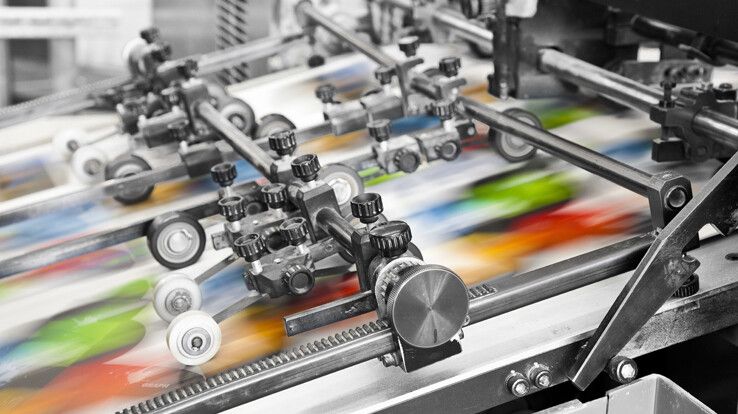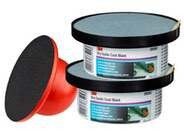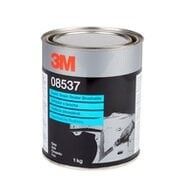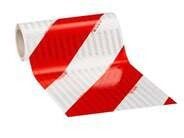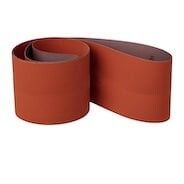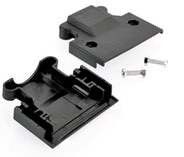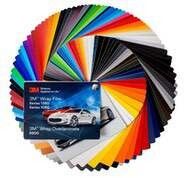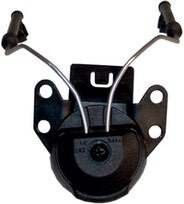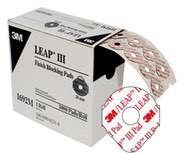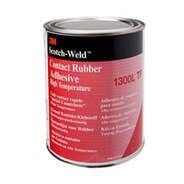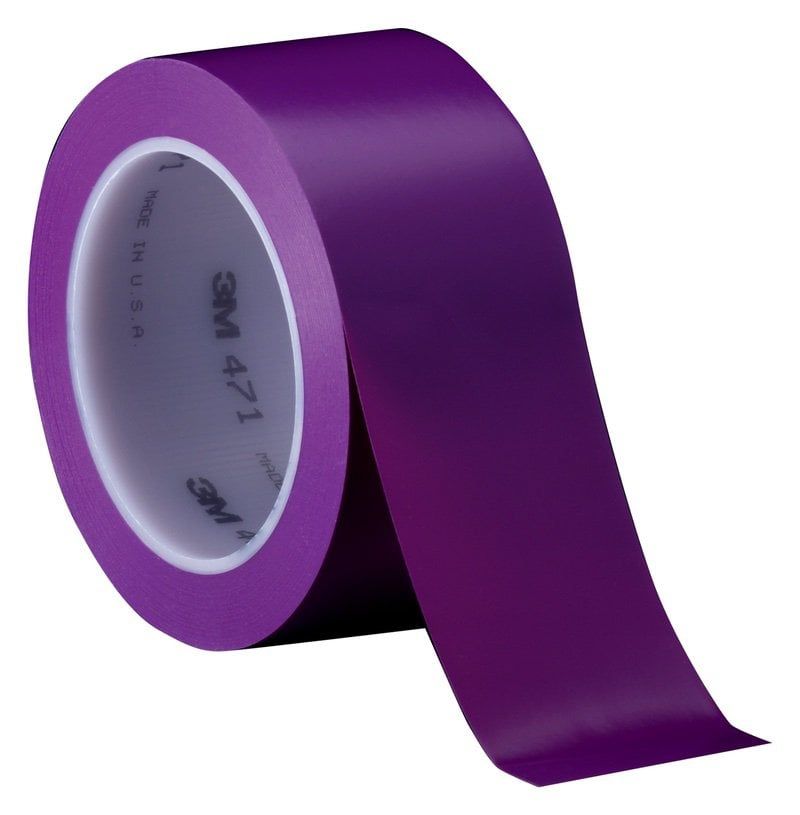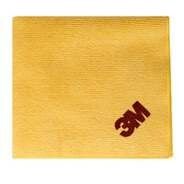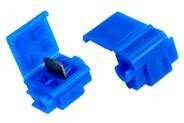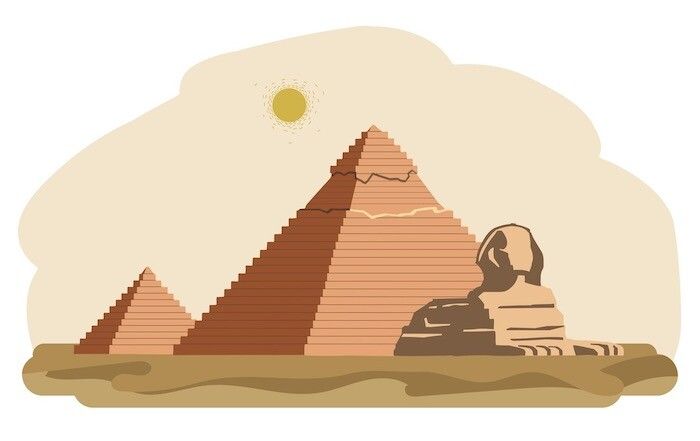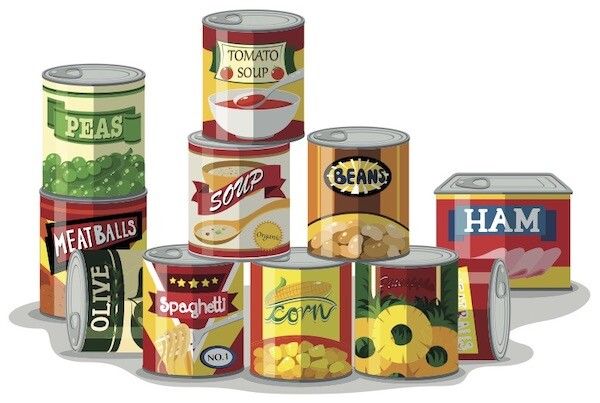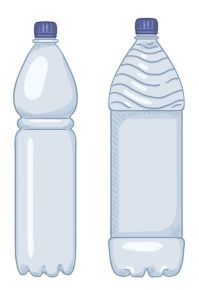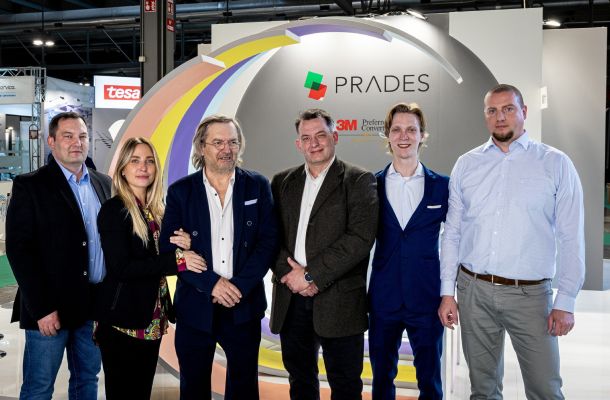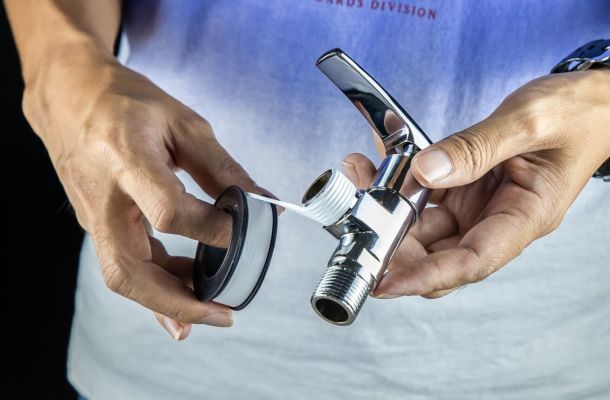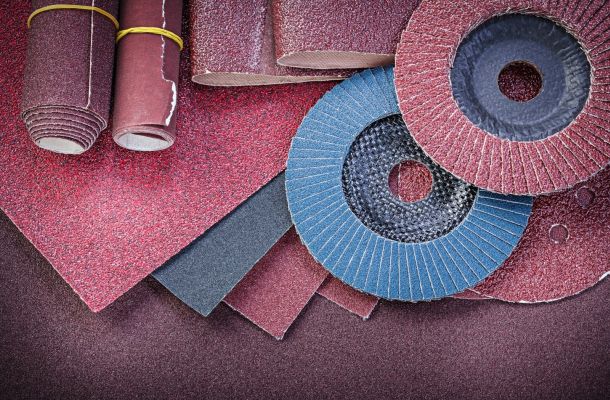The history of packaging
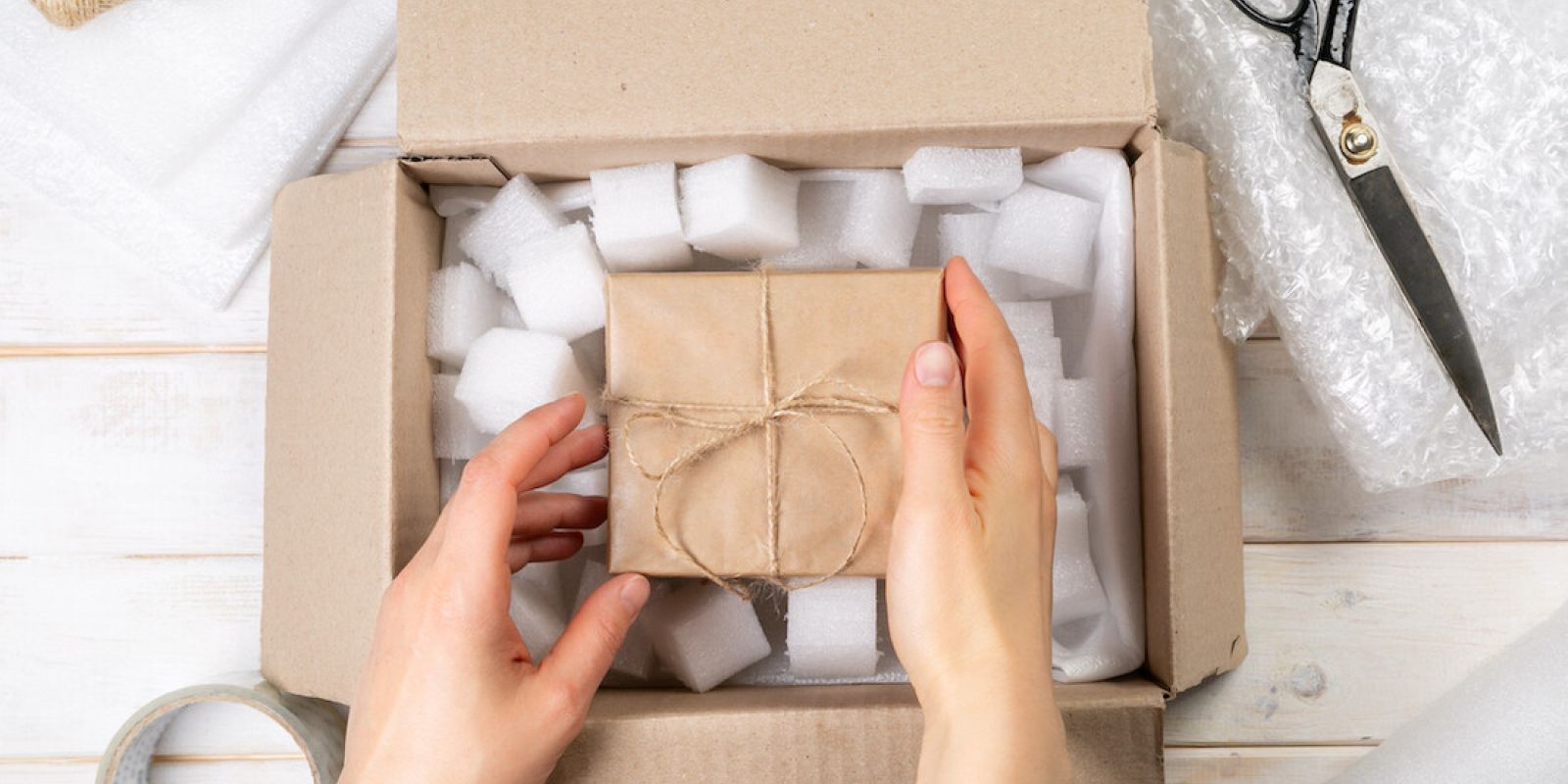

Perhaps Christmas is the time that best shows the importance of packaging and unwrapping objects. But the history of packaging goes way back before the first Christmas. Our current blog entry will present the brief history of this activity that is sometimes festive, sometimes necessary and is often of industrial size.
The history of packaging: ancient innovations
Even the ancient Romans… – several history start with a similar retrospect. However, in case of packaging, we have to step back one, two or even more in time. We are sure that cavemen fishing and hunting already found a way to carry hunted wild game or collected crop safely to the cave or to the place of their tribes. Our predecessors usually ate food, but they quickly realized that it was an especially good idea to spare some reserves for times when resources became scarcer. The earliest packaging for them were definitely provided by nature in the forms of bones, skins and leaves.
However, what we have specific artifacts of is the packaging innovation of Egyptians. People raising pyramids created glass containers made from a mix of melted limestone, soda, sand and silicate around 1500 BC. In a few hundred years, even bowls and mugs were made from glass. The torch of thinking moving packaging forward were carried over by Phoenicians famous for trading, who discovered blowpipe, while Europe, professing Christian religion, added the creation of transparent glass to all this.
Paper emerged as a packaging material very early, because we have been able to easily transform paper for a long time. It was the Chinese who took the lead in this and who used the bark of mulberry tree to package food in the first and second centuries BC. Back to Romans: their role in the history of packaging is related to a fully classic marketing tool: it has been preserved by Pliny the Elder, a writer who lived in the first century, that Romans packaged alcoholic spirits in papyrus of secondary quality because they looked fine and aesthetic. This was the first known example of the practice that a product was sold by its packaging.
Total metal or from wood to metal
Do we remember Friar Tuck from Robin Hood-movies, who was responsible for beer kept in barrels? Well, wooden casks were invented in Egypt around 7,000 years ago, they became really popular in the Middle Ages, because they could be used to store various food, including liquids, and they were far less fragile than glass or earthenware tools.
The next stop of our journey is Bohemia, where the Czechs could invent tinplate around 1200 that later, around the 14th century, allowed the production of tin cans. The know-how of this was kept a secret for quite a long time in that age, but the transition to metals made the use of tinplate obsolete.
Surprisingly, the concept of canned food is relatively new and is credited to French conqueror, Bonaparte Napoleon. In 1809, the dictator made a promise: the one who presents an appropriate method to protect the food supply of the army will be paid a handsome price of 12,000 francs! The money was pocketed by Nicolas Appert, Parisian chef and confectioner, whose tin can from tin alloy was able to preserve food even after sterilization. One year later, Peter Durant, an Englishman acquired the right to get the tin can patented.
The first printed can in the history of metal packaging was made in the United States in 1866. As a further step, it is quite logical: if you have a metal can, you also need a can opener, which was invented in 1875. Still before that, flexible packaging made from metal emerged, and its most important area of use included toothpaste tubes spreading from the 1890s. However, food was filled into such tubes only from 1960. The first aluminum cans similar to today’s products appeared on the shelves of stores in 1959.
Another expansion of paper
The industrial revolution and the following mass production made it more necessary than ever before to create a practical packaging material that can be quickly produced. Fortunately, the production line producing paper bag was already established by the 1870s, and paper gluing technologies were also discovered. In that time, Robert Gair, a Brooklyn manufacturer figured out also how to produce cardboard boxes.
The flat packed box could be opened, so it was possible to create an inexpensive square-shaped container that was easy to assemble. Despite seeming to be a simple idea, this invention has revolutionized packaging industry. We are only one step from Kellogg’s products that are still familiar from stores. It is 1906, and the healthy food of the brothers named after them was basically first prepared for holiday guests of their sanitarium in Battle Creek. They put flaked cereal into a waxy heat-sealed box and wrapped paper around it. The brand name and advertisement were put onto this. “Toasted Corn Flakes”, the product from Michigan state has become so successful that it soon has changed the breakfast habits of masses.
The revolution of plastic
In the 20th century, a remarkable packaging material was discovered: cellophane first emerged between the two world wars and it indicated the beginning of the plastic age. (Although the material has been known since the 19th century, it was primarily maintained for military purposes.) Celluloid was created during the American Civil War, between 1861 and 1865, due to a competition: due to the lack of elephant ivory, one of the billiard ball producing companies of the United States offered a prize of 10,000 dollars for a material replacing elephant ivory. John Wesley Hyatt, a New York engineer and his brother, Isaiah Smith Hyatt created the new material after several years of experiments.
The first plastic was made by Alexander Parkers in 1838, and it was presented at the Great London Exposition of 1862. Polyethylene was discovered in 1933 and it was primarily used for production of plastic bags and films. Breakthrough came in 1920. In this year, Hermann Staudinger, a German chemist stated in one of his studies that rubber and other polymers, such as starch, cellulose and proteins attach to covalent bonds as long chains of short, repetitive molecular units. This concept resulted in Staudinger receiving a Nobel Prize in 1953 and in a milestone in the history of packaging: the result of his research made it possible to produce several types of plastic and textile, that is the packaging that is inexpensive to produce and that can be produced in vast quantities. The golden age of plastic would have never come without Staudinger.
Még több cikk a témában
Flanker Plusz Kft.
Contact Details
Boti Street, 100.


